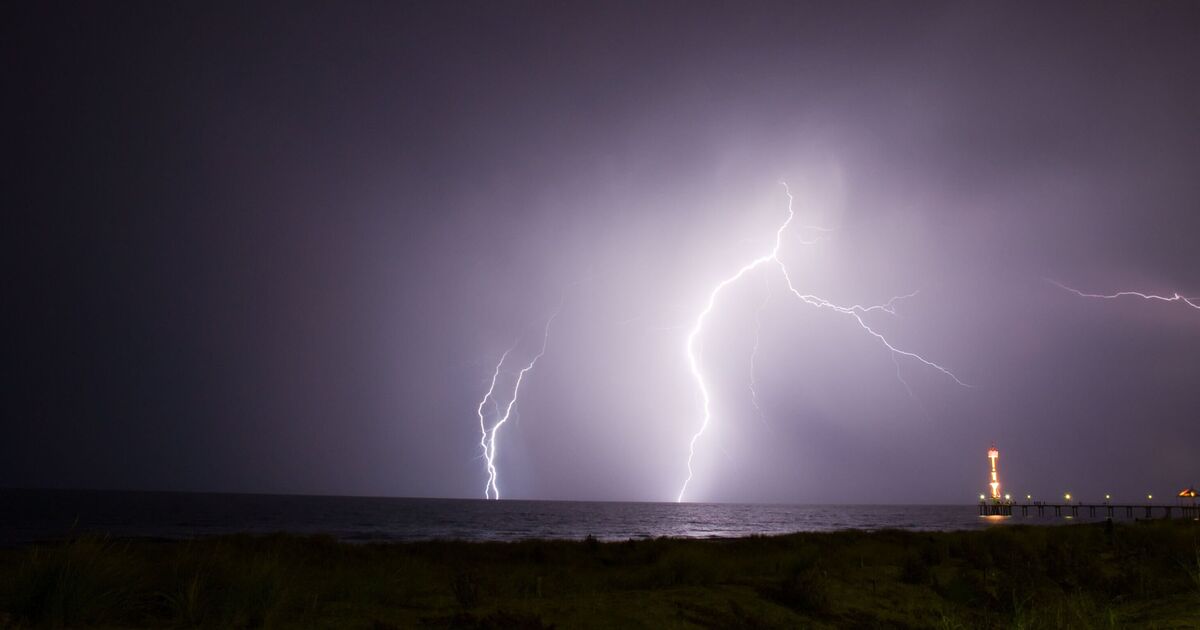The Met Office issued a new yellow weather warning for thunderstorms on Wednesday. The alert will be in place between 12.52pm and 5pm on July 23. It covers three areas in the London & South East England region, including Brighton and Hove, East Sussex and Kent.
The yellow warning means can be issued for a range of weather situations but in this case, it has been issued for thunderstorms. The Met Office said slow-moving heavy showers and thunderstorms will hit parts of Kent and Sussex through Wednesday afternoon.
Some places will miss the downpours, but where they do occur 20-25 mm rain is likely in less than an hour with a chance of 30 to 40 mm falling in one to two hours in a few locations, the Met Office says.
This is likely to lead to some surface water flooding and disruption, whilst lightning strikes may be an additional hazard, reports Yahoo News.
Showers and thunderstorms are expected to slowly die out on Wednesday evening.
If you’re wondering what to expect, the Met Office says there is a good chance driving conditions will be affected by spray and standing water, leading to longer journey times by car and bus. It also says there is a small chance of short term loss of power and other services.
There’s also a small chance of damage to a few buildings and structures from lightning strikes.
Some flooding of a few homes and businesses possible, leading to some damage to buildings or structures should also be expected.
Anyone taking a train should be aware that there may be some delays to train services.
The Met Office shared a post on X showing where the thunderstorm will hit and how much rainfall is expected.
This comes after the UK has experienced heatwaves so far this summer with weather maps turning red.
Spring 2025 was the UK’s warmest and sunniest on record, reports BBC. June then became the warmest month on record for England and July brought the third heatwave of the year.
Temperatures soared beyond 30C with Brits basking in the heat across the country.
To stay safe in the thunderstorm, the Met Office says you should consider if your location is at risk of flash flooding. If so, consider preparing a flood plan and an emergency flood kit.
It also says you should give yourself the best chance of avoiding delays by checking road conditions if driving, or bus and train timetables, amending your travel plans if necessary.
You should prepare for a power cut and if you find yourself outside, do not shelter under trees if you have heard thunder.
